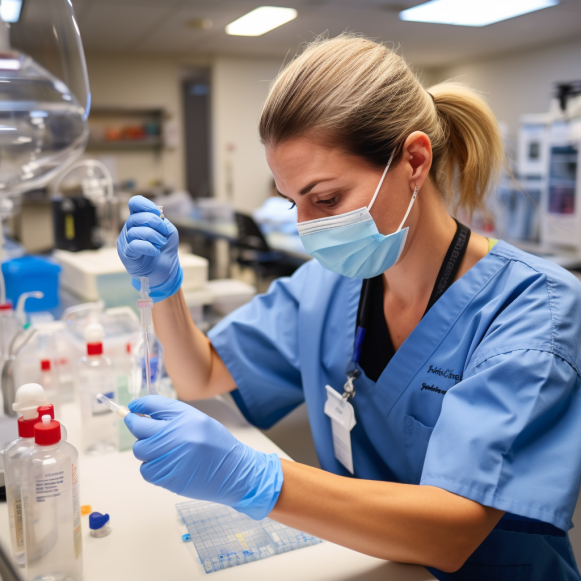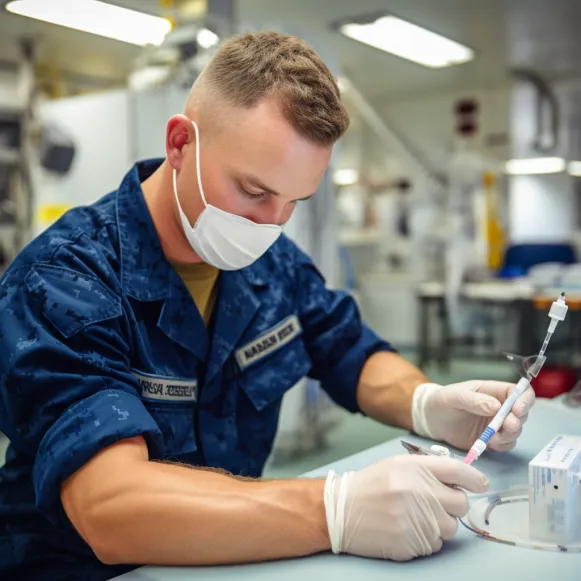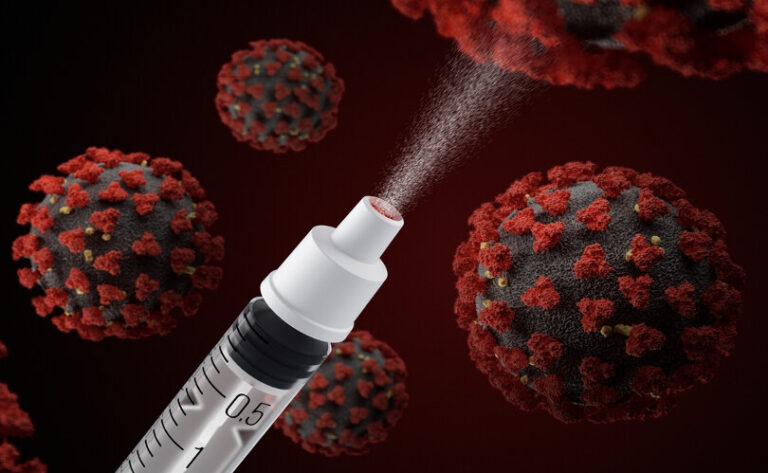Higher Incidence of COVID-19 Found Among Consistent Mask-Wearers: Study

Some mask wearers were found to have up to 40 percent higher incidence of infection, contradicting earlier studies and opposing the narrative of mask mandates.
According to a recent Norwegian study, people who wore protective masks were more likely to contract COVID-19 infections than those who did not.
The peer-reviewed study, published on November 13 in the journal Epidemiology and Infection, examined mask use among 3,209 Norwegians. After following them for 17 days, the researchers asked the participants about their use of masks. The researchers discovered that people who used masks more frequently had a higher chance of testing positive for COVID-19.
8.6 percent of those who “never or almost never” wore masks tested positive. This increased to 15% among those who “sometimes” wore masks and 15.1 percent among those who “almost always or always” wore them.
After controlling for factors such as vaccination status, the study found that people who wore masks occasionally or frequently had a 33% higher incidence of COVID-19 than those who never or almost never wore masks. This increased to 40% among those who wore them almost always or always.
Adjusting for “differences in baseline risk over time,” the risk of wearing masks was found to be “less pronounced,” with mask-wearers having a 4% higher incidence of infection.
“The results contradict earlier randomized and non-randomized studies of the effectiveness of mask-wearing on the risk of infection,” the authors of the study wrote.
“According to the majority of these studies, wearing a face mask reduces the risk of COVID-19 infection.” Some observational studies reported multiplications, while one community-based randomized trial failed to show a statistically significant reduction in infection risk and one cluster randomized community trial found only a modest reduction.”
A major limitation of the study, according to the researchers, is that people who wore masks may have done so to protect others from their own infection. This could account for the “positive association between risk of infection and mask usage.”
It also stated that behavioral differences and the fact that the survey was based on self-reporting could contribute to bias.
According to the study, mask wearers may have felt safe while wearing masks and thus did not follow other regulations such as social distancing, increasing their risk of contracting COVID-19.
“Our findings suggest that wearing a face mask may increase the risk of infection.” However, the researchers cautioned that “this association may be due to unobservable and non-adjustable differences between those wearing and not wearing a mask.”
“As a result, caution is advised when interpreting the findings of this and other observational studies on the relationship between mask use and infection risk.” The majority of recommendations to wear face masks in public are based on low certainty evidence from observational studies.”
More trials and studies are needed, according to the researchers, to gain a better understanding of the effectiveness of wearing masks against the transmission of respiratory pathogens.
The Norwegian Institute of Public Health funded the entire study. It stated that there were no conflicts of interest.
Masking Mandates
The new study comes as some regions in North America reinstate mask mandates in response to an increase in COVID-19 cases.
Many Bay Area regions issued masking rules in health care settings in early November, ahead of the respiratory disease season, when infections such as COVID-19, the flu, and respiratory syncytial virus are expected to spread.
In California, the cities of San Francisco, Alameda, Santa Clara, San Mateo, Marin, Contra Costa, Napa, Sonoma, and Solano enacted masking mandates, which will be in effect until next March or April.
While some health care facilities require only staff and workers to wear masks, others require patients and visitors to wear masks as well.
After three students from a classroom tested positive for COVID-19, Rosemary Hills School in Maryland announced in September that it would distribute KN95 masks to students and teachers while mandating masking for at least 10 days.
A month before, Kinterbish Junior High School in Cuba, Alabama, asked students, employees, and visitors to wear masks “due to the slow rise of COVID cases in the area.”
Last month, seven hospitals in Canada reinstated mask mandates to “help prevent the transmission of COVID-19.”
In British Columbia, Provincial Health Officer Bonnie Henry announced that beginning on October 3, all health care workers, volunteers, and visitors would be required to wear “medical” masks in all public health care facilities.
To combat COVID-19, the Centers for Disease Control and Prevention recommends wearing masks. “Masking is a critical public health tool, and it is important to remember that any mask is better than no mask,” it said in an update in August 2021.
Certain states have already stated that mask mandates will not be permitted. Texas Gov. Greg Abbott stated in an X post in August that there would be “NO mask mandates in Texas.”
Florida Surgeon General Joseph Ladapo raised the issue of masking policies’ ineffectiveness.
“What do you call reinstating ineffective mask policies or restarting lockdowns that are known to cause harm?” “You don’t call it sanity,” he wrote on X. “These heinous policies can only be implemented with your help. “How about refusing to take part?”
Several studies have called the use of masks to prevent viral transmission into question. A review of 78 randomized controlled trials published in late January at the Cochrane Library found no evidence of “a clear reduction in respiratory viral infection with the use of medical/surgical masks.”
In a February interview with the Brownstone Institute, Tom Jefferson, a senior associate tutor at the University of Oxford and the study’s lead author, pointed out that there hasn’t been a “proper trial” of masks, in which a large, randomized study was conducted to assess their effectiveness. Instead, some experts quickly began to perpetuate a “fear-demic.”






